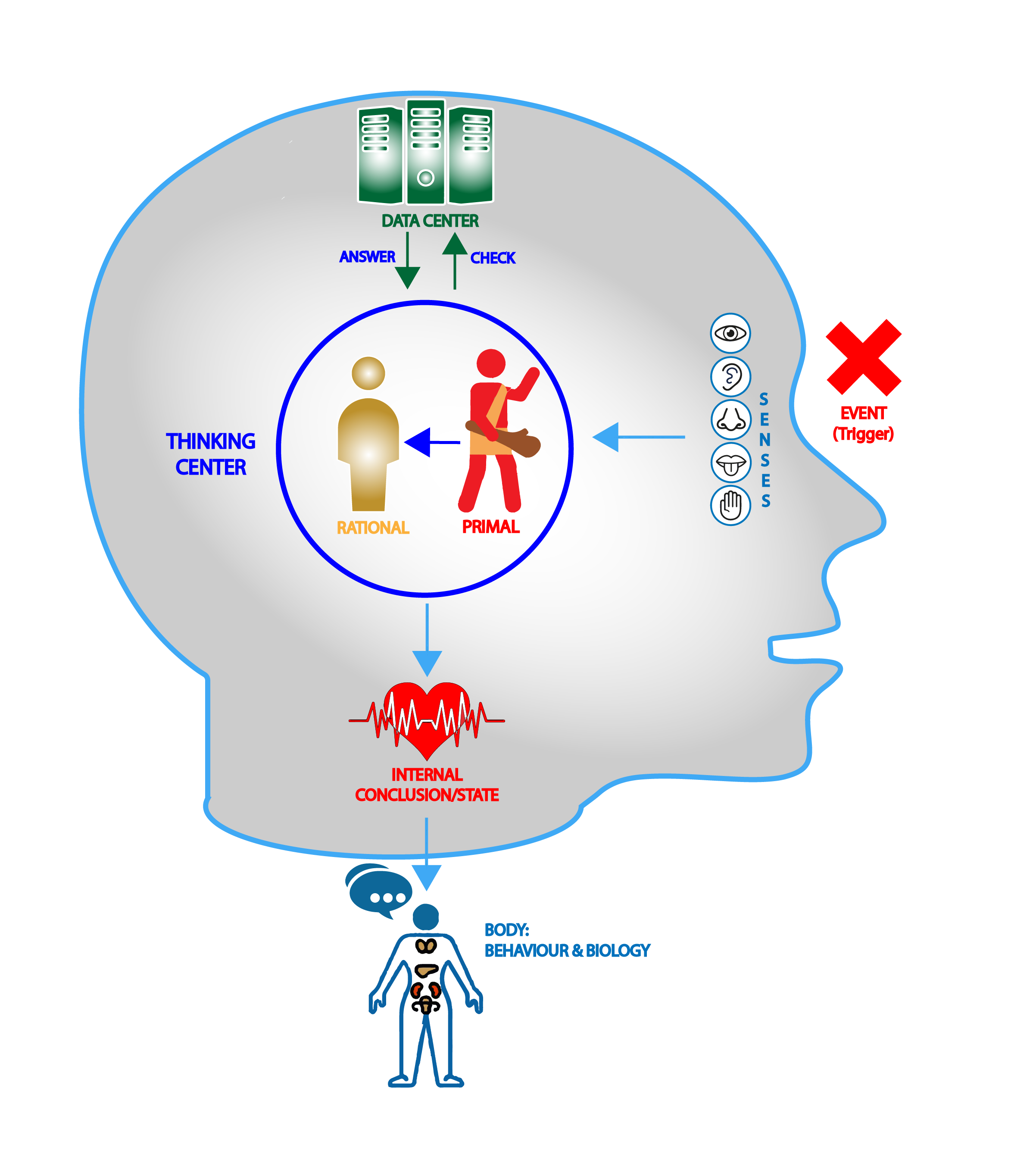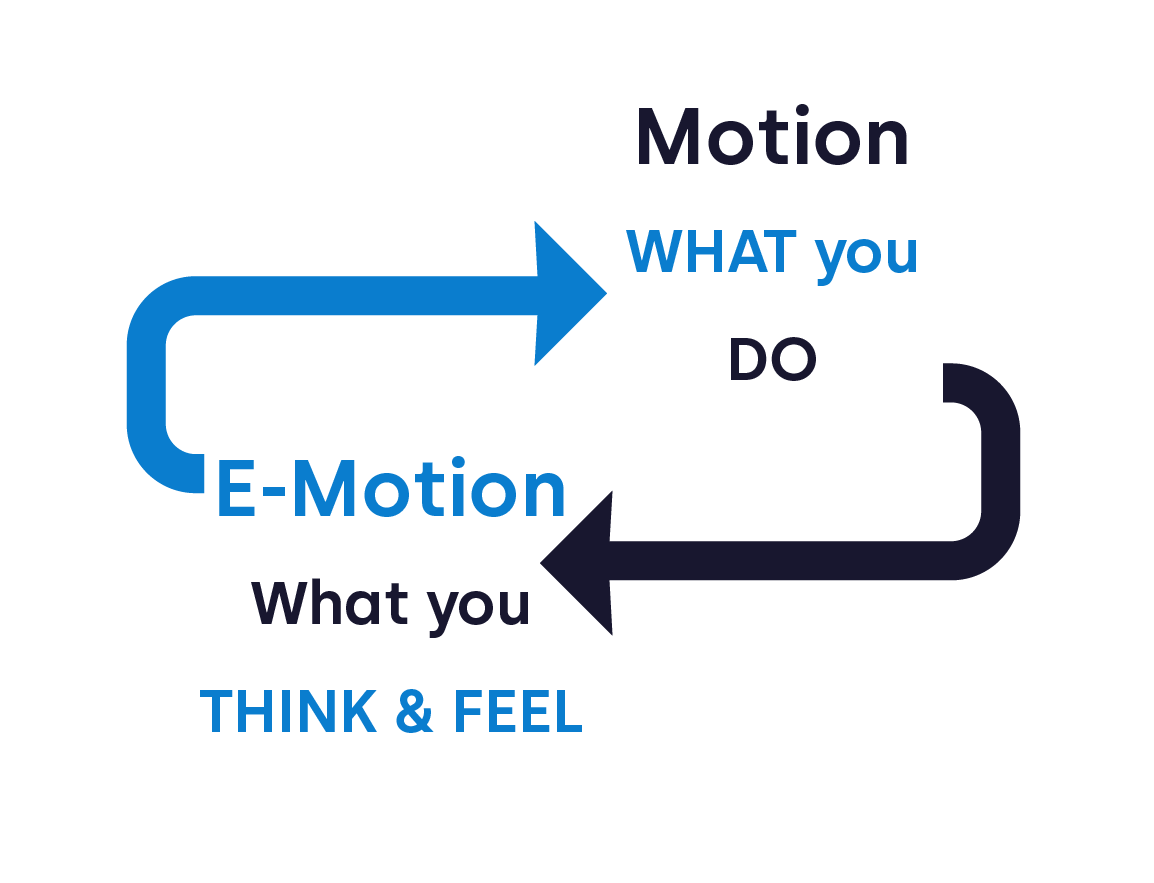What will you get from this article?
Is this FOR you?
By the end of this article, you will have:
☑️ Decoded the art of unlocking people’s self-perception through engaging and fun questions.
☑️ Explored the social dynamic rule #2 – “When people are like each other, they like each other,” and leveraged it to reveal people’s subconscious self-identification.
☑️ Mastered a three-step process to unveil individuals’ unconscious self-attributes.
Is this like YOU?
� Have you ever wondered about the hidden layers of self-perception in yourself and others?
� Would you like to refine slightly your profiling skills?
� Are you curious about how understanding self-perception enhances your connections, communication and influence?

What will you learn?
You will learn how to decode, connect, and influence others by tapping into people’s self-perception through a fascinating exploration of preferred animals or any other avatar.
Specifically, you will delve into:
- Strategic uses of the question “Which animal would you like to be?” to unveil self-attributes
- A three-step process to uncover self-perception, gaining insights for profiling, relationship-building, and influence.
- How this enticing and fun process aligns with people’s emotional needs
- The importance of exploring preferences for a comprehensive understanding of unveiling self-attributes.
- Realise how this approach extends beyond animals or avatar selection and how it can help with various aspects of life.

Reminder – Why learn this?
Equipped with these insights, you have the advantage of:
✔ Navigate social dynamics with finesse, understanding others at a profound level.
✔ Elevate your ability to influence and build rapport effortlessly.
✔ Skillfully profile candidates, friends, or life partners, making slightly more informed and insightful choices.
Recap previous article – The social principles of rapport building
As explained in this article, rapport is an unconscious process that follows two main principles:
Social principle # 1 – A relationship is a process of relating
Social principle # 2 – People like each other when they are like each other

In this article, we often refer to the social principle # 2 – People like each other when they are like each other.
Notice how people hang out with people of the same beliefs, faith or interests:
– Football fans, gym buddies, same ethnic group, cultural background …
– People adopt dogs that look like them


If you could be any animal, what would you choose?
Think about it…

Decode, connect, and influence by unlocking people’s self-perception with fun & unusual questions
This tall order is done by uncovering their preferred animal(s).
In essence, you subtly ask “Which animal would you like to be?”
This question is in line with the social dynamic rule #2 – “People like each other when they are like each other” as individuals often relate to attributes in animals that they either:
– believe they have
Or
– would like to have
This question serves as a gateway to their unconscious self-perception.
It encourages them to share their preferences and subconsciously identify with specific animal attributes.
Yet, a few other elements are necessary to make this one question effective, you can master this via the following 3 step process.
Uncover their preferred animal(s): Which animal would you like to be?
You:
“Which animal would you like to be?
The individual:
“I would pick a lion.”
Alternative questions are:
– If you were any animal, what would you pick?
– Which animal do you like?
“Which animal would you like to be? “serves as a gateway to their unconscious self-perception.
Exploring additional preferences: Which OTHER animal(s) would you like to be?
To gain a comprehensive view of their perceived attributes, you can inquire about other animals they like.
Example:
You:
“What other animal(s) would you like to be?”
The individual:
“I also like dolphins.”
You:
“Oh yeah and what else?”
The individual:
“I also love eagles”
This step ensures that you grasp different aspects of their self-perception, especially if they attribute distinct features to various animals.

Alternative questions are:
– Which OTHER animal(s) would you like to be?
– What else?
– What other animal would you pick?
– Are there any other animals you would like to be?
⚠️ Note:
Inquiring about additional animals demonstrates a deeper interest in the person.
Asking “what else” can also set an open and non-judgmental environment.
“Which OTHER animal(s) would you like to be?” ensure grasping different aspects of their self-perception in case distinct features are attributed to various animals.
The most important part: “What do you like about this animal(s)?”
Remember the social dynamic rule #2 – “People like each other when they are like each other”, with this question you now dig into how they see or how they would like to see themselves.
Example:
The individual:
“Lions … well, that’s because they are strong & beautiful …
Tigers because they look nice & cool.
I like eagles as they are independent, free, cool, awesome, strong and majestic“
In this example, we could suppose that the person has or would like to have the attributes of being:
– “Look nice & cool”
– “Strong & beautiful”
– “Independent, free, cool, awesome, strong and majestic“

→ We can notice recurrent attributes about looks, strength and independence.
Regardless of the person’s chosen animal, you ask what they like about it, this is to extract the features and attributes of their chosen animal(s).
Alternative questions are:
– What do you like about this animal?
– What else?
– Apart from that, what else do you like?
– What is good about this animal?
– What is nice about this animal?
⚠️ Note :
Avoid asking “why”, as this question:
– Frames the answer for reasons rather than what they like or love about it.
– May also set a judging tone for the conversation.
“What do you like about this animal(s)?” allows you to dig into how they see or how they would like to see themselves.
Attributes & their self-perception
Putting it into actual practical context with the above examples, animals don’t consciously think of themselves as independent or majestic.
Regardless of the chosen animal, it has ONLY to make sense to the individual as it reflects their self-perception.
What makes these questions fun to answer?
When people feel heard and non-judged, asking them “Which animal would you like to be” and “What do you like about this animal” allows them to:
– Express themselves freely
– Talk about what they like or love.
This aligns with their emotional needs for “Ego/sense of importance” and “Curiosity/growth.”
All the emotional needs are listed in this article.

Smoothly Asking the “Animal” Question
When interacting, smooth delivery and calibration are crucial.
It is crucial to be nonjudgmental about their answers and give your full attention to them.
Active listening techniques can be very useful here such as repeating back the words that have been said, not interrupting them…

You can also notice their “body language” and also consciously display listening cues, the latter can encourage them to talk further: showing your ear, nodding, entering peripheral vision … all of this and more is articulated at length in the social intelligence course.
Another key component is to set the frame gradually and smoothly.
The following script could be very smooth IF you have or know how to set a high level of report with them.
Example Script: Landing the Animal Question:
You:
“The other day, I was watching this animal documentary. I was thinking that it would be so tough to be an animal … if you were to be an animal, what would you pick? … It could be in the land, water or air, what animal would you pick?”
Them:
“I would pick a lion”
You:
“A lion? What do you like in the lion?”
Them:
“I like lions because they are strong & beautiful “
You:
“Strong & beautiful … what else do you like about the lion”
Them:
“Also because they are the king of the jungle, … that’s it.”
You:
“Anything else you would like to be? What would you pick if you were in the water or the air?”
Them:
“Oh yeah .. in the water I would pick a dolphin, they look nice, intelligent & cool … In the air, I would like to be an eagle because they are independent, free, cool, awesome, strong and majestic“
⚠️ Note:
This questioning approach extends beyond animals to movie/anime characters, superheroes, athletes, or current and historical personalities … basically, anything/anyone with whom the person identifies!

Leverage their self-perception for more report
Now that you know how they perceive themselves and what they identify with, you have:
✔ An insight into their character, aiding in anticipating future behaviour
✔ You can remind them of their chosen attribute and line it with YOUR queries. Doing so might have them acting in consistency with their self-perception.
Example:
“You could excel in this job, enhancing your independence.”
“Let’s hit the gym and get strong.”
If they act rudely: “That’s not very majestic of you, is it?”
These questions can be a valuable tool for quick profiling in various aspects of life, recruiting a candidate, and meeting a friend or a spouse.

Individuals answering with descriptions
Sometimes, individuals may not explicitly answer with attributes but rather offer descriptions such as “no one bothers them” or “King of the jungle”.
In such cases, you can link into the B.E.M. needs (Body, Emotional, Materialistic needs) associated with it. To do this, ask yourself:
– “What’s the purpose of what is described?”
– “Which Physical (Body), Emotional, or Materialistic need is responded with this description?”
With “no one bothers them” the B.E.M needs to be linked to it can be “safety/certainty“.
With “King of the Jungle”, it can be more varied such as “ego/importance” as well as “safety/certainty“.
All emotional needs are detailed in this article, and the method of linking needs to actions is explained through chunking in the social intelligence course.
You can then mention those needs when interacting with them such as “We’ll be fine, no one will bother you” or “Maybe you can decide, what do you think about this one? (King of Jungle)“
Once known, ask with careful calibration what they like in these to extract their self-perceived features.
Enjoyed this article & curious to take it to the next level?
Realise that this article is an extract from the fundamentals of the Calm & Stress Management, Social Intelligence & Emotional Intelligence workshops.
These workshops are transformative blends of relaxation, mind management & communication tools & techniques.
Designed to release your best, these workshops will deliver you the methods to :
✔ Become more relaxed & reduce your stress
✔ Be in charge of your emotions & increase your well-being
✔ Develop your leadership & influence
→ For any questions about these workshops, you can schedule your FREE discovery call to find out more.
Up until next time, go learn & go RELEASE YOUR BEST !!!














